Time may have weathered this South Carolina farmhouse, leaving its marks on the facade, but the tales woven within its walls remain resilient. Today, I am determined to unveil and share the enduring story that lingers within, a narrative that transcends the wear and tear of passing years.
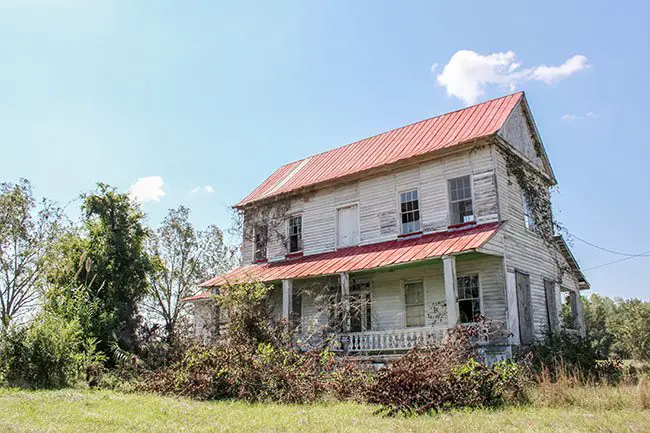
Our tale commences with the life of Harriet Ann Williams, born in 1816 into one of the earliest settler families in this region. In 1832, she joined hands in matrimony with Francis ‘Frank’ Fontaine Risher, her cousin. From their union emerged two children, Joseph (born in 1832) and Adaline (born in 1833). However, the threads of Harriet’s life took an unexpected turn when tragedy struck, claiming her husband Frank on July 16, 1833. Amidst her grief, Harriet found herself expecting, and on Christmas Eve of the same year, she welcomed her second child, Adaline, into the world—five months after the loss of her husband.
In the ensuing years, Harriet, resilient in the face of adversity, sought a new chapter in matrimony. Sometime between 1836 and 1839, she embarked on a new journey, marrying Col. George Warren, marking a significant chapter in the unfolding saga of this remarkable woman’s life.
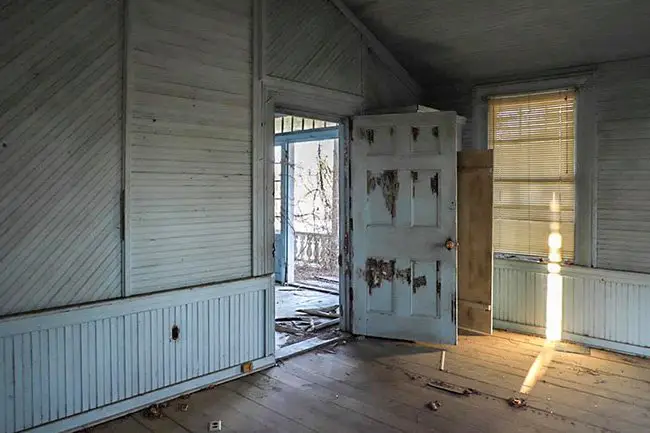
RECOMMENDED: Abandoned c. 1870 McLendon Alabama Home Sits In Limbo
Col. George Warren, born on November 15, 1803, remains somewhat enigmatic in terms of his early history and the origins of his ‘Colonel’ title. While historical records don’t provide extensive details about his early life or military service, it’s plausible that the title was conferred as a mark of respect within the local community. During this era, it was a common practice to bestow titles like ‘Colonel’ on noteworthy individuals, often local politicians.
Although he might have been too young to participate in the War of 1812, the more probable explanation for his title lies in his standing as an influential figure in the community. Records indicate that Col. George Warren held the esteemed position of High Sheriff of Colleton County. Additionally, family accounts reveal his involvement in the ownership and operation of a sawmill in the vicinity of Smoaks, further highlighting his multifaceted role in the local landscape.
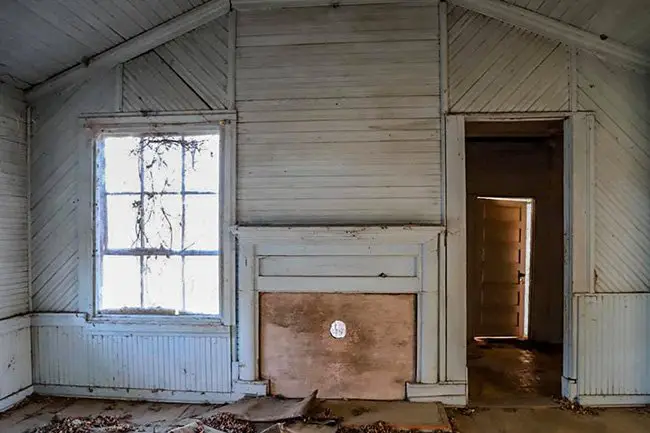
The narrative unfolds with the belief that Col. George Warren commissioned the construction of this house around 1836, aligning with his marriage to Harriet in the same year. Such timing suggests a poignant motivation—creating a residence to impress his new bride and lay the foundation for a growing family. Historical records affirm the completion of the house by 1839, as it is prominently featured in a property deed from that year, with the adjacent property belonging to Richard Hier.
Fascinatingly, family accounts shed light on the origins of the construction materials, asserting that Warren, leveraging his sawmill in Smoaks, personally processed the lumber for this house. According to their recollection, a waterway, referred to as a “branch,” facilitated the transportation of the lumber to the construction site. As the story unfolds, another sawmill emerged in proximity to the house, leading to the development of a small village. Subsequently, this mill found a new home in Williams, where it remains under the ownership of George Warren’s descendants—a testament to the enduring legacy of this industrious figure.
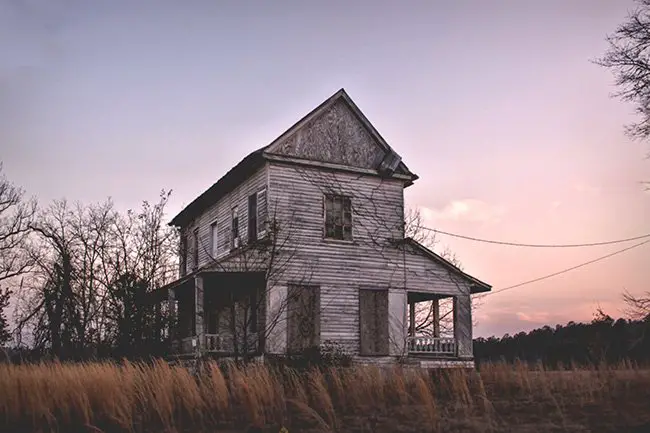
Col. George Warren’s influence extended beyond the realm of sawmills, as he actively participated in local governance, notably serving as the High Sheriff of the Colleton District. However, his involvement in the community was multifaceted, encompassing agriculture as well. As a farmer, he utilized enslaved labor to manage his expansive acreage of crops, reflecting the prevalent practices of the time.
The 1850 Census documents Col. George Warren’s farm, indicating that he enslaved 18 individuals, ranging in age from 1 to 40. A decade later, in the 1860 Census, the number of enslaved individuals under his care increased to 40, spanning ages 1 to 52. These census records provide a glimpse into the socio-economic dynamics of the era, illustrating the interconnected roles of individuals like Col. Warren in both local governance and agricultural endeavors supported by enslaved labor.
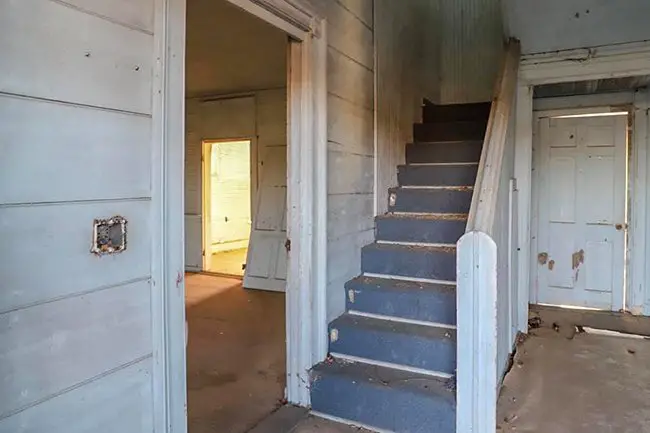
The area’s history unfolds through a series of name changes, mirroring its evolution. Initially designated as St. Bartholomew’s Parish, the community took root around farms like the one owned by Col. George Warren. As the settlement expanded, it acquired the moniker Buck Head. However, by the close of the nineteenth century, a pivotal shift occurred, and in 1895, the area was officially named Williams. This change coincided with the appointment of Harriet’s younger brother, Tom Williams, as the town’s inaugural postmaster.
Tom Williams, also Colonel Warren’s brother-in-law, played a key role in the renaming process. Intent on incorporating family history into the town’s identity, he donated land for a church and sought names like Williamsburg or Williamston for the post office. However, these options were already in use. Undeterred, the community ultimately adopted the straightforward and enduring name of Williams, SC. This choice not only reflected the familial ties within the community but also solidified a distinct identity for the evolving town.
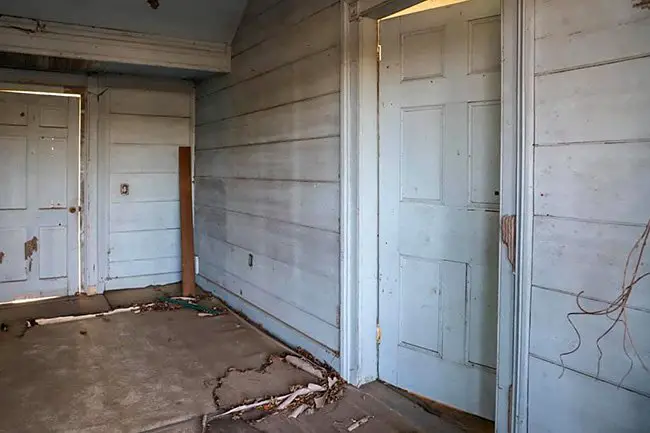
In 1891, the passing of Col. George Warren marked a significant transition for the homestead. His daughter, Amelia Warren Key, who had been raised within its walls, assumed ownership, and the residence acquired the endearing title of ‘The Old Key Place.’ Amelia’s life journey continued as she married Sidney Milton Key, and together, they spent numerous years in Beaufort while still cherishing moments at the farmhouse. The ties to this historic abode deepened with the couple.
Tragedy struck in 1919 when Sidney Milton Key passed away, followed by Amelia in 1920. Their final resting place lies in the cemetery just across the road from the home they once shared. The Key family legacy persisted through their son, Warren Eve Key, who, alongside his wife “Nellie” (Ellen Nora Adams Key), returned to the familial dwelling in Williams. Here, they cultivated the land and raised a family of eight children, weaving a new chapter into the rich tapestry of this cherished home.
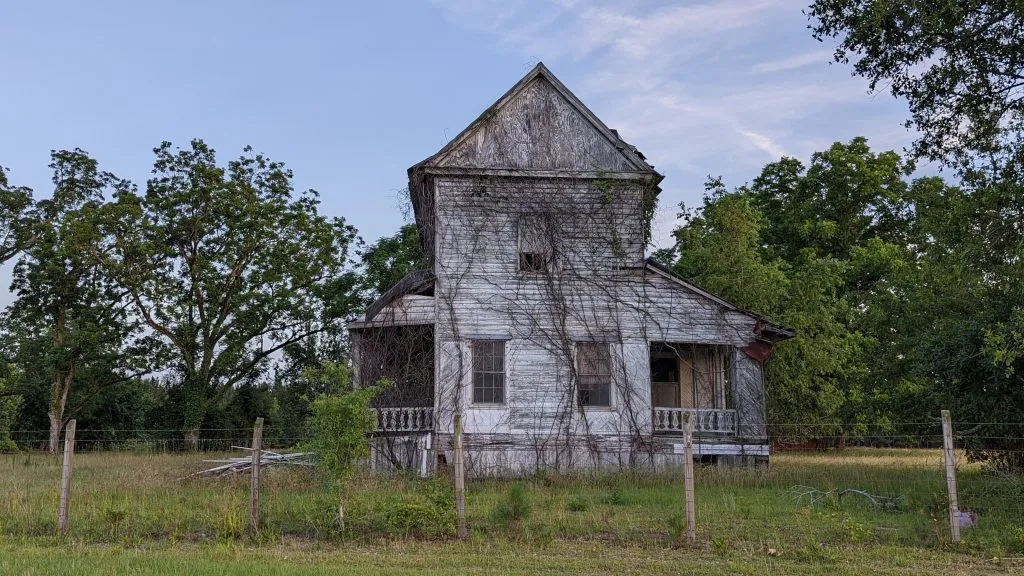
Around 1945, Warren and Nellie Keys decided to retire and relocated to the nearby town of Walterboro. Opting for a change, the house took on new tenants, Herbert and Eva Pringle, who leased the property until the 1970s. Interestingly, the Keys, as per reports, generously allowed the Pringles to reside rent-free during their occupancy.
However, tales of the house transcended its physical occupants. A descendant of the Pringle family shared accounts of purported paranormal activities within the house. Ghostly encounters, including apparitions, mysterious sounds, and unexplained phenomena, became part of the house’s lore. Such stories were recounted by multiple family members who, over the years, experienced moments of both wonder and terror within its walls.
In the 1990s, the house sadly departed from the family’s ownership. Despite hopes within the Williams family of restoring the home for future family gatherings, this vision did not materialize. However, a poignant connection to the past persisted, as a square grand piano from the house found a new home at the Colleton Museum, a symbolic link to the bygone era of the Keys’ residence.
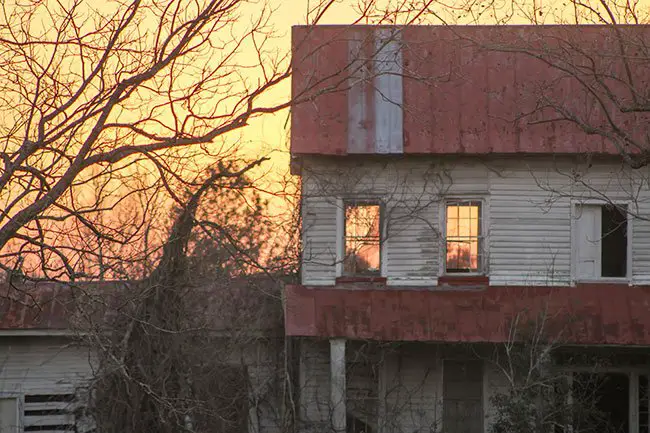
Opposite the venerable old homeplace stands the Warren-Key Family cemetery, a solemn resting ground for members of the Warren and affiliated families. In 1851, when Harriet took her final breath, she found her eternal repose here. Over time, this hallowed ground became the resting place for not only Harriet but also her husband, children, and subsequent generations of grandchildren.
Currently, 16 known burials have been documented within the cemetery. However, the possibility of unmarked graves both inside and outside the protective fence suggests that the true number of resting souls may extend beyond the recorded count. This sacred space serves as a poignant testament to the enduring ties of family, preserving the legacy of those who once called the old homeplace their own.
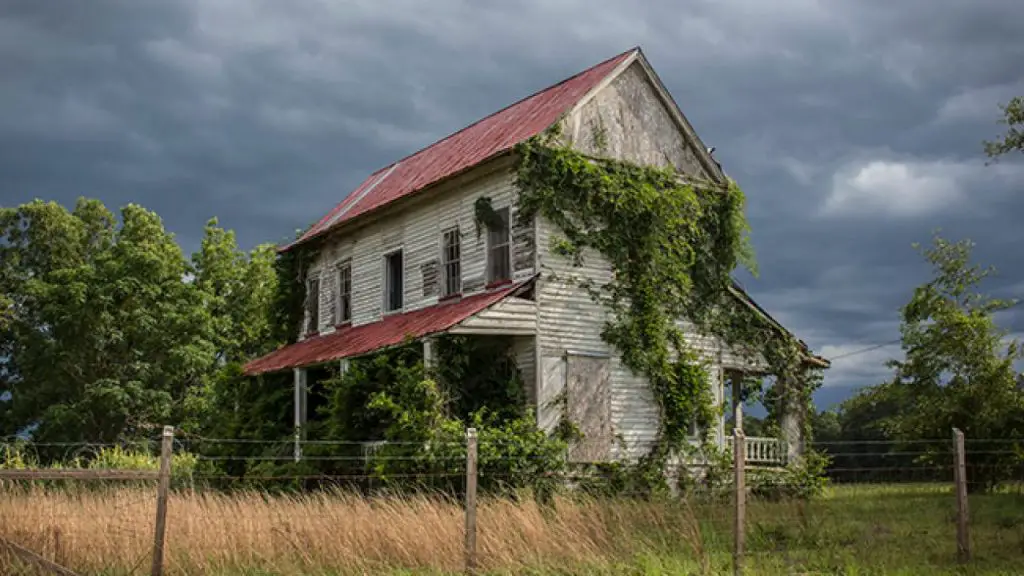
A proud descendant of the Warren-Key lineage expressed their enduring connection to the ancestral home and the family cemetery across the road. Reflecting on the experience of turning onto George Warren Road en route to Williams, they conveyed a profound sense of joy and identity. The familiarity of the landscape evoked a deep connection, affirming their roots and providing a tangible link to their heritage.
The sentiment of having “roots” was described as nothing short of fantastic, encapsulating a rich sense of belonging and continuity. Most importantly, the descendant emphasized the strength of family bonds, highlighting the pride shared with seven first cousins, as well as a network of second, third, fourth, and fifth cousins and their families. Together, they stand united in cherishing and proudly preserving the collective heritage that is woven into the fabric of their shared history.
RECOMMENDED: 221-year-old Abandoned Mansion Listed At Only $70,000